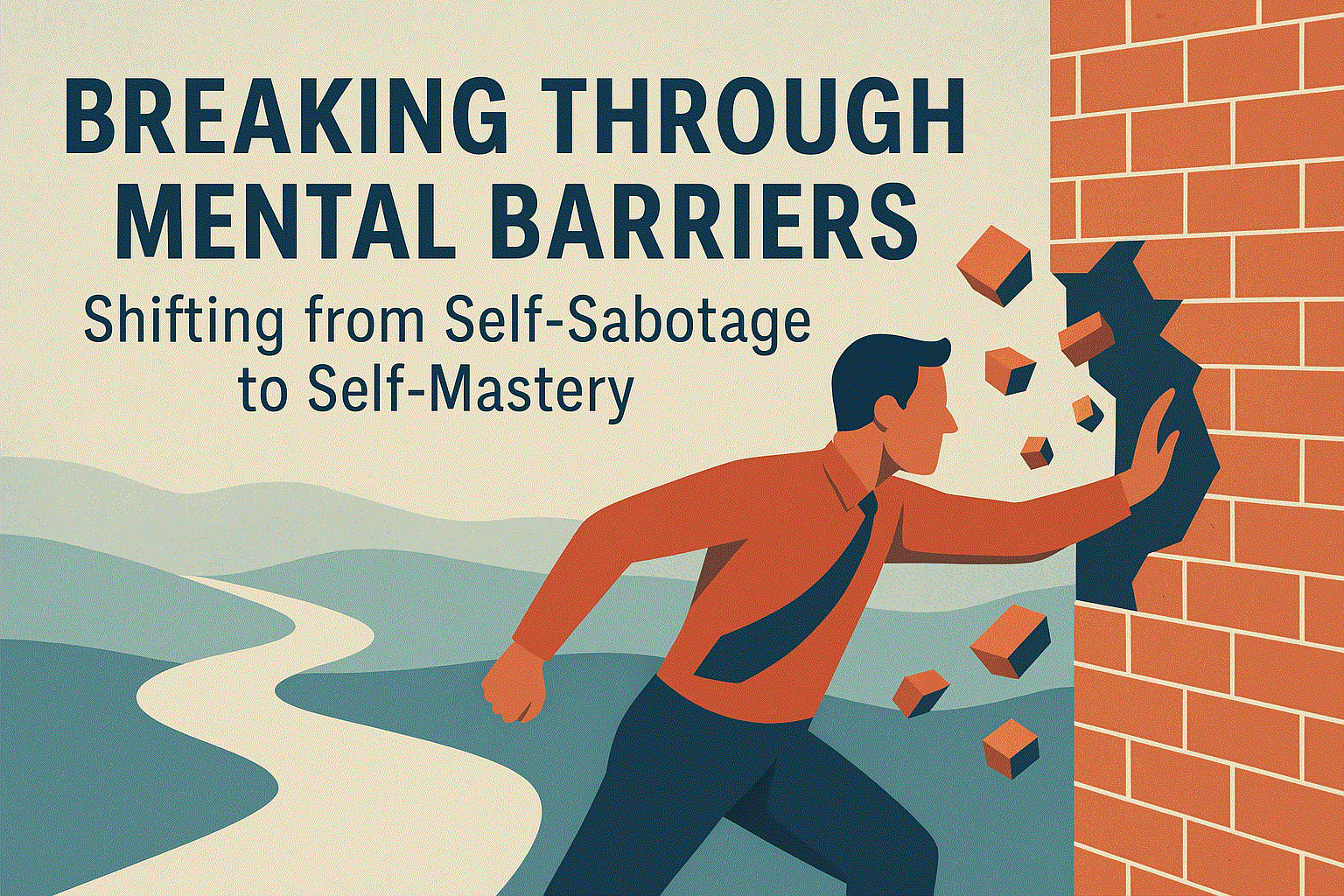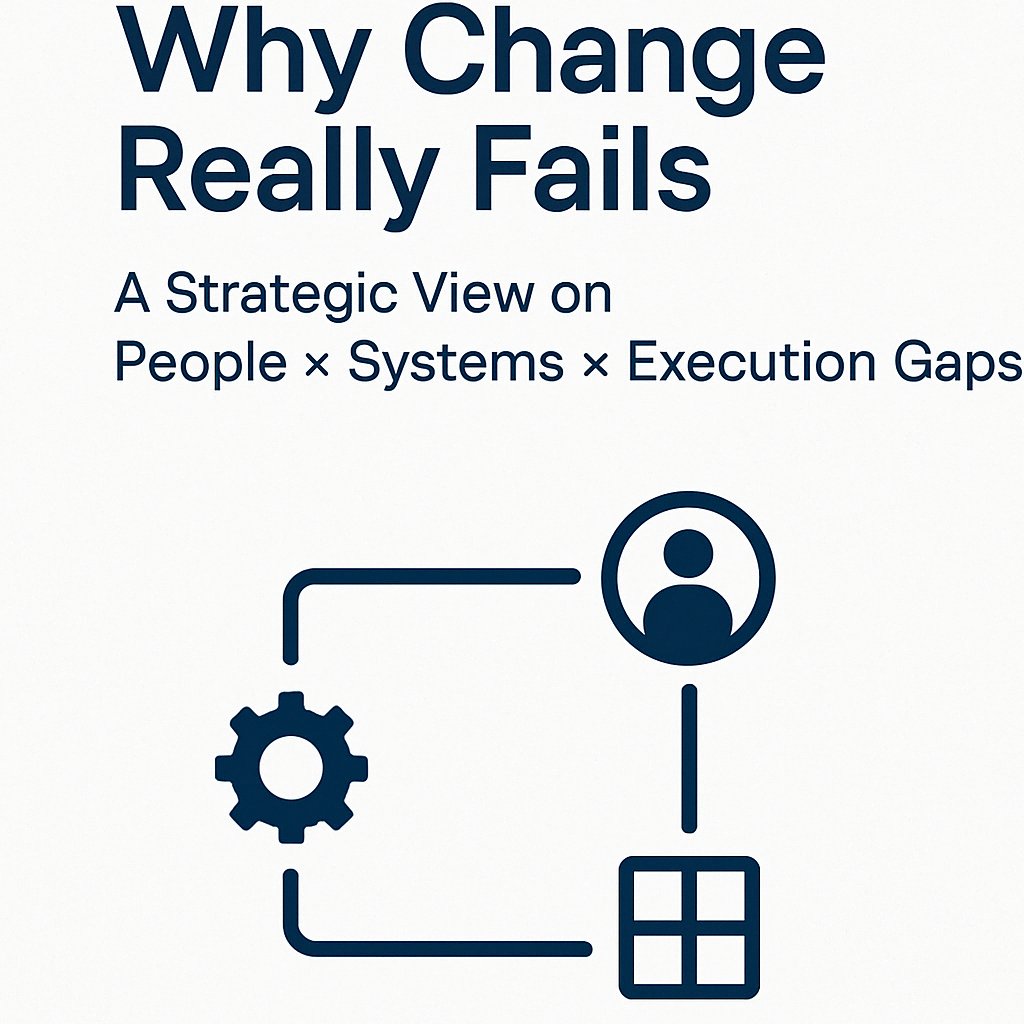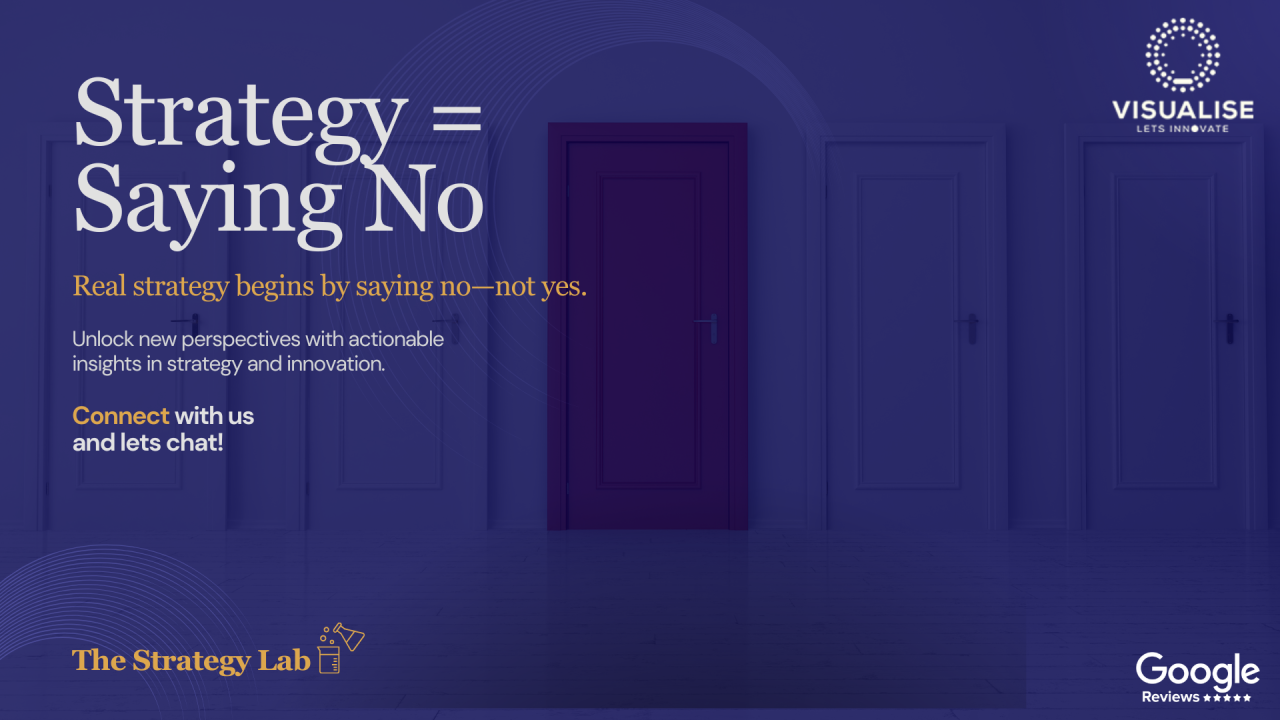Apr06

In strategic planning and execution, organizations must continually navigate uncertainty while striving to create long-term value. Two essential tools that support this endeavor are forecasts and scenarios. While they are often used interchangeably in conversation, these tools serve distinct functions and rely on different assumptions about the future. Understanding their unique roles is crucial for leaders aiming to test, adapt, and refine strategies in a rapidly changing world.
Forecasting involves projecting future outcomes based on trends, historical data, and known variables. It is a quantitative and often linear process that extrapolates from the past to anticipate what is most likely to occur if current patterns persist.
For instance, a company may forecast next year’s revenue by analyzing market trends, recent sales figures, and macroeconomic indicators. This approach presumes a degree of environmental stability, where past performance provides a reliable guide to future expectations.

Forecasting is critical in operational and financial planning, particularly when aligning short-term actions with strategic objectives. It informs:
By design, forecasts are data-driven and probabilistic, making them well-suited for short to medium-term decision-making where confidence in trend continuity is relatively high.
Yet, forecasting is not without its drawbacks. It is less effective in accounting for unexpected disruptions—such as geopolitical shocks, technological upheavals, or systemic crises—because it assumes the future will resemble the recent past.
Scenario planning is a strategic tool for exploring multiple, diverse future contexts, especially when the external environment is uncertain or volatile. Unlike forecasting, which asks, “What is most likely to happen?” Scenario planning asks, “What could happen?”

This qualitative and imaginative process builds narratives around key uncertainties—factors that could significantly reshape the business landscape but are difficult to predict or control.
Scenarios are especially valuable when:
A well-constructed scenario might explore, for example, how a tightening regulatory landscape could impact data privacy or how accelerated climate change could disrupt global supply chains. These narratives help leadership teams stress-test their strategies, uncover vulnerabilities, and develop contingency plans for unexpected developments.
The value of scenario planning lies in its ability to:
Aspect Forecast Scenario Purpose Predict the most likely outcome Explore a range of plausible outcomes Basis Historical data and trends Critical uncertainties and drivers of change Nature Quantitative, trend-based Qualitative, narrative-based Time Horizon Short-to-medium term Medium-to-long term Assumption Continuity with the past Discontinuity or divergence from the past Application Budgeting, resource planning Strategic foresight, risk management Output A single estimate Multiple narratives.
The choice between forecasting and scenario planning hinges on certainty in the external environment and the type of decision being made.
Use forecasts when:
Use scenarios when:
Importantly, these approaches are not mutually exclusive. The most resilient organizations employ both. Forecasts provide direction in stable conditions; scenarios offer flexibility in unpredictable ones.
A mature strategy execution system weaves forecasts and scenarios to remain agile yet aligned. Here’s how:
By integrating both, organizations can maintain clarity of execution while building strategic resilience.
To explore integrating adaptive strategy tools into your planning process, consider reviewing resources at Visualise Solutions.
Consider a telecommunications provider expanding in a developing economy. Using forecasting, the company might project subscriber growth based on mobile adoption rates, which then informs staffing levels, infrastructure investment, and expected cash flow.
In parallel, scenario planning might explore:
Each scenario offers a distinct future, prompting the company to reassess assumptions, evaluate risks, and refine strategic initiatives. While the forecast helps manage the expected, scenarios prepare for the unexpected.
In summary, forecasts and scenarios are complementary tools essential to strategic execution. Forecasts offer clarity and structure for immediate planning, while scenarios offer flexibility and insight for long-term resilience.
Leaders who embrace both approaches position their organizations to survive and capitalise on uncertainty.
Ready to test your strategy? Visit Visualise Solutions for expert guidance on crafting a strategy that stands the test of time.
Keywords: Business Strategy, Innovation, Leadership
 Breaking Through Mental Barriers: Shifting from Self-Sabotage to Self-Mastery
Breaking Through Mental Barriers: Shifting from Self-Sabotage to Self-Mastery Why Change Really Fails: A Strategic View on People × Systems × Execution Gaps
Why Change Really Fails: A Strategic View on People × Systems × Execution Gaps Beyond the Buzz: What It Really Takes to Build a Business Ecosystem
Beyond the Buzz: What It Really Takes to Build a Business Ecosystem Strategy = Saying No!
Strategy = Saying No! The Self Before the System: What Must Be Understood Before We Build
The Self Before the System: What Must Be Understood Before We Build